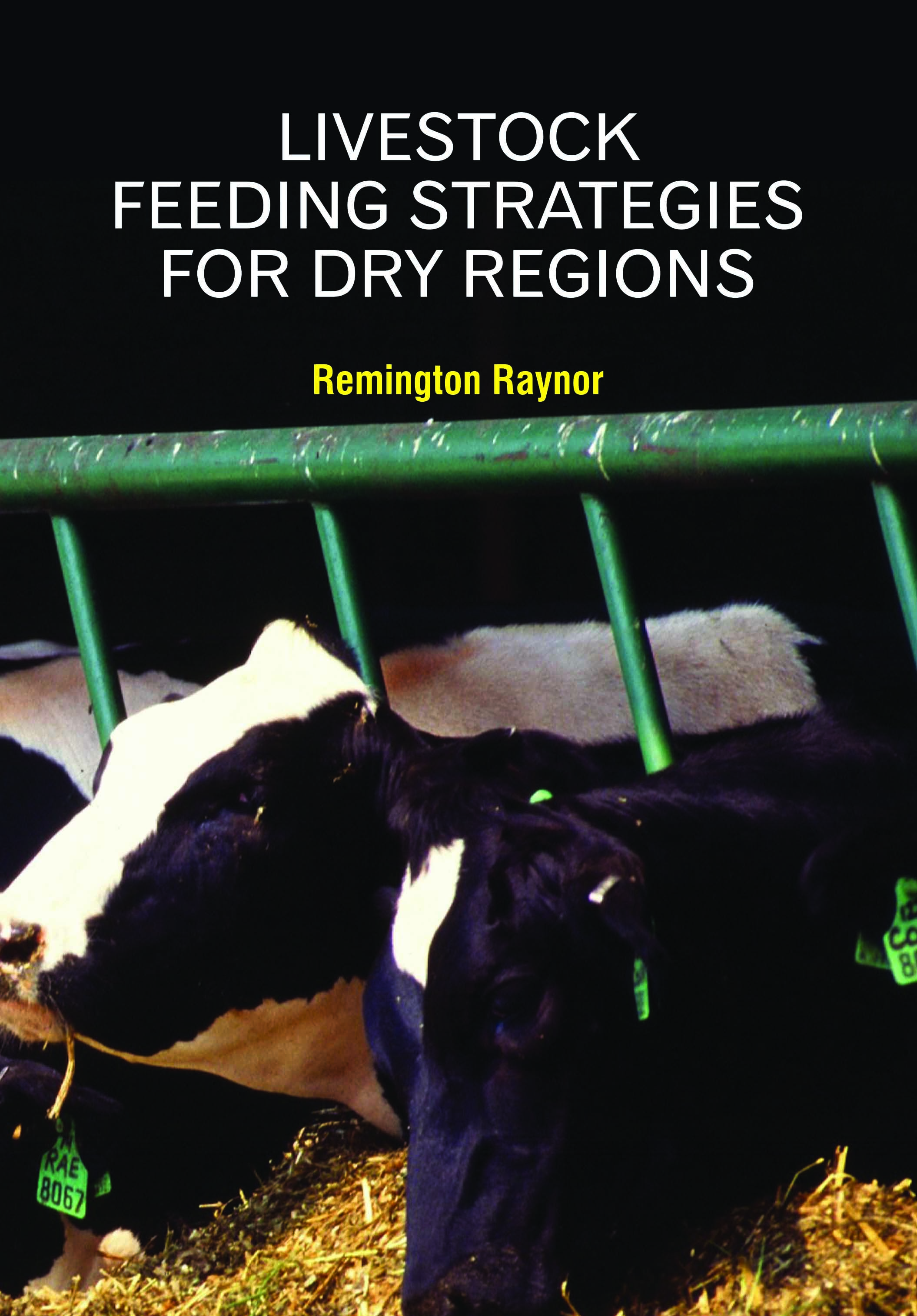
Livestock Feeding Strategies for Dry Regions
by Remington Raynor
| ISBN | 9781799600442 |
|---|---|
| Publisher | White Press Academics |
| Copyright Year | 2020 |
| Price | $195.00 |

by Remington Raynor
| ISBN | 9781799600442 |
|---|---|
| Publisher | White Press Academics |
| Copyright Year | 2020 |
| Price | $195.00 |
Livestock agriculture is concerned with raising and maintaining livestock, primarily for the purposes of producing meat, milk, and eggs. Livestock agriculture also includes wool and leather production and may include animals kept for recreation (riding or racing) and draft. Livestock is a key asset for poor communities, fulfilling multiple economic, social and risk management functions. However, currently it has been challenged by climate change such as the long-term misbalance of temperature, wind and rainfall characteristics of a specific region. The condition score of livestock should be monitored throughout the drought and feeding regulated to ensure the condition score reflects reasonable animal health and welfare and suits the production requirements of the enterprise. If reasonable condition cannot be maintained, livestock should be sold or agisted. Confinement feeding is a drought feeding practice typically applied to sheep that aims to promote animal health and welfare while preserving ground cover and land condition across the majority of the property. This is achieved by confining livestock to a small area where they are fed a total ration. Successful confinement feeding relies on good site selection, an appropriate mob size and stocking density and the provision of appropriate nutrition. The book will thus serve as a repository of information and will be very useful for researchers, livestock owners, students and planners for dry regions.